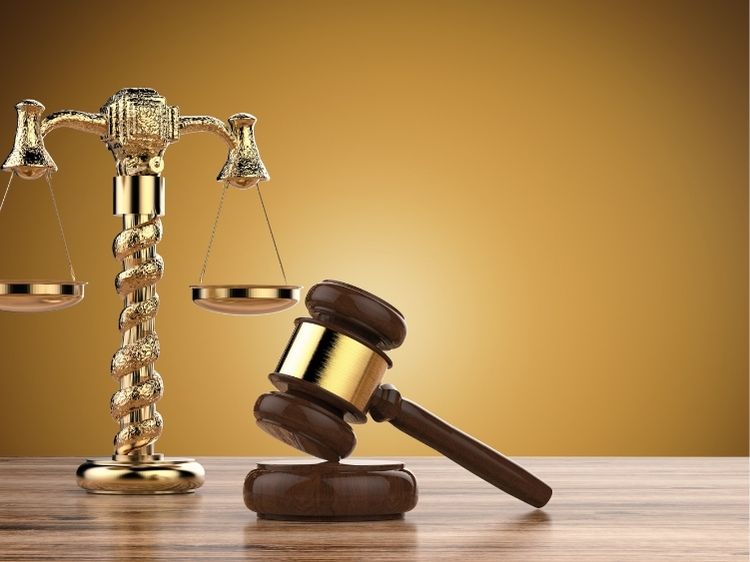Product Liability Lawsuit Cases: Understanding Your Rights and the Legal Landscape
When products go wrong, they can lead to more than just inconvenience—they can cause serious injuries, financial loss, and even death. That’s where product liability lawsuit cases come into play. But what exactly are these cases, and how do they work? Let’s dive into the details.
What Are Product Liability Lawsuit Cases?
Product liability refers to the legal responsibility of manufacturers, wholesalers, and retailers to ensure that the products they put on the market are safe for consumers. If a product is found to be defective and causes harm, the injured party has the right to file a product liability lawsuit to seek compensation.
In product liability lawsuit cases, the burden of proof falls on the plaintiff, who must demonstrate that the product was defective and that the defect directly caused their injury. There are three main types of product defects that can lead to these cases:
- Design Defects: These occur when a product’s design is inherently unsafe. Even if manufactured correctly, the product poses a risk due to its flawed design.
- Manufacturing Defects: These defects happen during the production process. A product may be designed well, but a mistake in manufacturing makes it dangerous.
- Marketing Defects (Failure to Warn): This involves improper labeling, insufficient instructions, or inadequate warnings about the product’s risks.
Famous Product Liability Lawsuit Cases
Several high-profile product liability lawsuit cases have shaped the legal landscape. Here are a few notable examples:
- Liebeck v. McDonald’s Restaurants (1992): Perhaps the most famous case, this lawsuit involved a woman who suffered third-degree burns from spilling hot coffee in her lap. The case highlighted the importance of warning consumers about potential hazards, leading to significant changes in product warnings.
- General Motors Fuel Tank Defects (1973): In this case, General Motors faced numerous lawsuits due to faulty fuel tanks that could explode in rear-end collisions. The litigation led to a massive recall and stricter safety standards for vehicles.
- Johnson & Johnson’s Talcum Powder (2018): This ongoing case involves claims that the company’s talcum powder products contained asbestos, causing ovarian cancer. The lawsuits have resulted in billions of dollars in settlements and verdicts.
How to File a Product Liability Lawsuit
Filing a product liability lawsuit isn’t as simple as filling out a form. It requires a strategic approach and an understanding of the legal process. Here’s what you need to know:
- Gather Evidence: The first step is to collect all evidence related to the defective product. This includes the product itself, medical records, and any correspondence with the manufacturer or retailer.
- Consult an Attorney: Product liability cases are complex, often requiring expert testimony and a deep understanding of the law. It’s crucial to consult with an experienced attorney who specializes in product liability.
- File the Lawsuit: Once your attorney has reviewed your case, they will file the lawsuit on your behalf. This involves drafting a complaint, which outlines your claims and the damages you seek.
- Discovery Process: During discovery, both parties exchange information and gather evidence to build their cases. This stage can involve depositions, interrogatories, and document requests.
- Settlement or Trial: Many product liability cases are settled out of court. However, if a settlement isn’t reached, the case will proceed to trial, where a judge or jury will determine the outcome.
Common Defenses in Product Liability Lawsuit Cases
Manufacturers and retailers often have robust defenses against product liability claims. Here are some of the most common:
- Product Misuse: If the defendant can prove that the plaintiff used the product in a way that was not intended or warned against, they may avoid liability.
- Assumption of Risk: This defense argues that the plaintiff knew about the potential risks of the product but chose to use it anyway.
- Comparative Negligence: In some cases, the plaintiff’s own negligence may have contributed to their injury. If proven, this can reduce the amount of compensation awarded.
FAQs About Product Liability Lawsuit Cases
- What is the statute of limitations for filing a product liability lawsuit?
The statute of limitations varies by state but typically ranges from two to four years from the date of injury. It’s essential to consult with an attorney to understand the specific deadlines in your jurisdiction. - Can I sue for a product defect if I wasn’t the one who purchased the product?
Yes, you can still file a lawsuit if you were injured by a defective product, even if you didn’t purchase it. However, your claim may be more challenging to prove, especially if the product was used second-hand. - What kind of compensation can I expect in a product liability lawsuit?
Compensation in product liability cases can include medical expenses, lost wages, pain and suffering, and punitive damages. The amount awarded depends on the severity of the injury and the circumstances of the case. - Do I need expert testimony to win a product liability case?
Expert testimony is often crucial in product liability cases, particularly when the defect involves complex technical issues. Experts can help establish the defect, causation, and the extent of the damages. - What should I do if I’m injured by a defective product?
First, seek medical attention. Then, preserve the product and all related evidence. Contact an attorney as soon as possible to discuss your legal options.
Conclusion
Product liability lawsuit cases are an essential aspect of consumer protection, holding companies accountable for the safety of their products. Whether you’ve been injured by a defective product or are simply interested in understanding your rights, knowing the ins and outs of these cases is crucial. By staying informed, you can navigate the legal system with confidence and ensure that justice is served.

